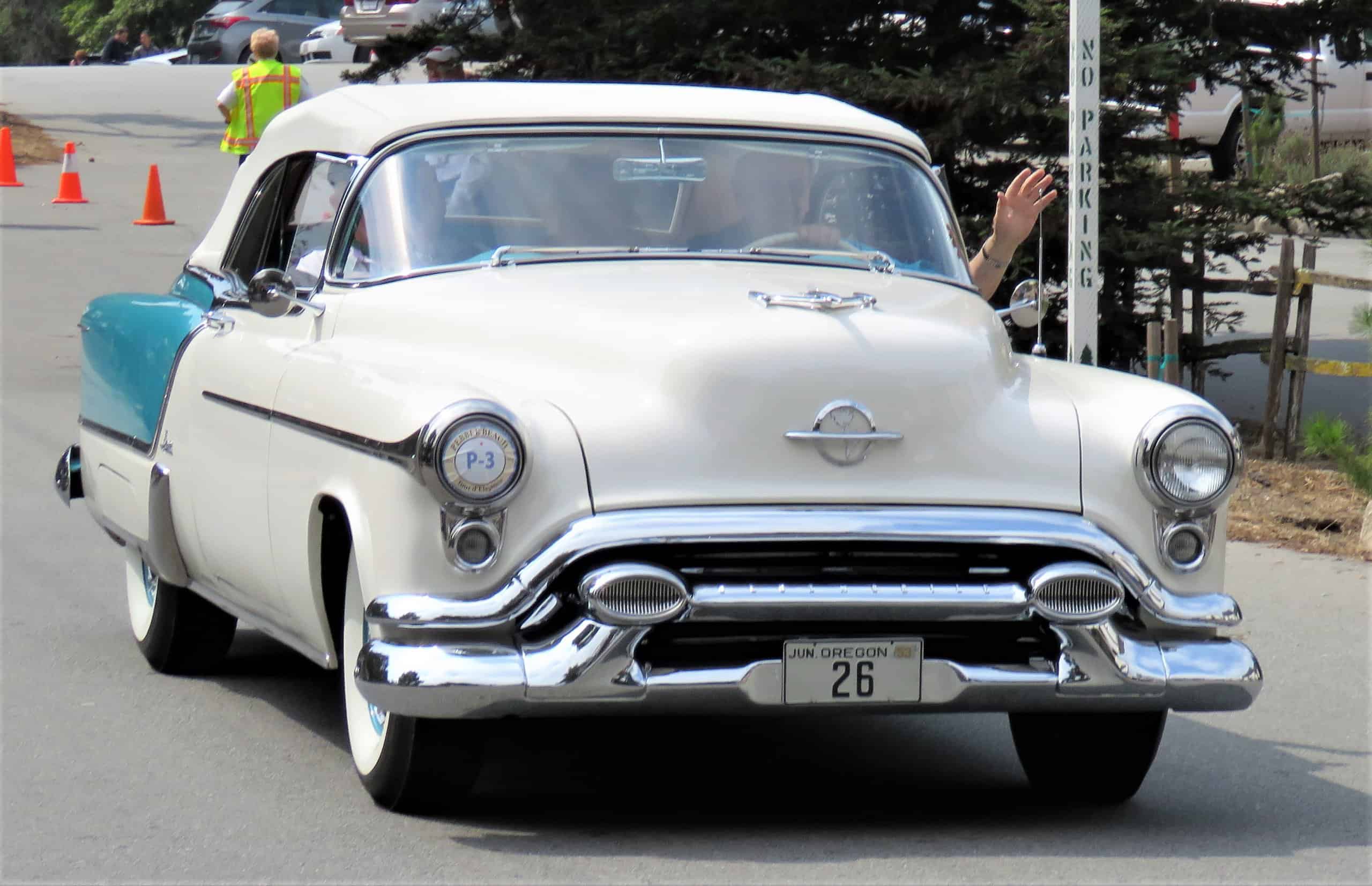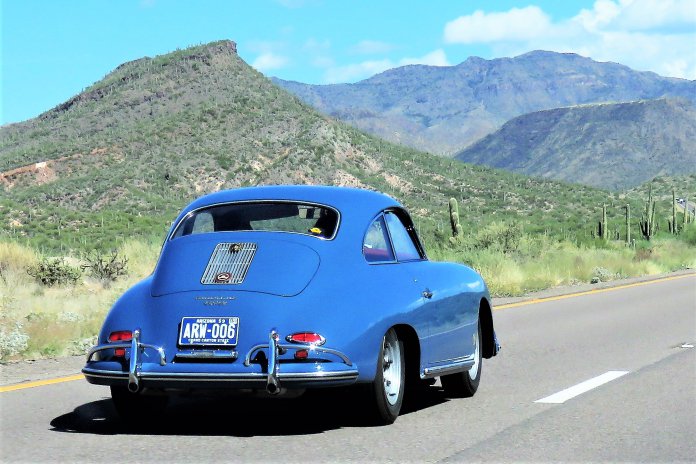While this might be a doleful spring in the midst of a deadly pandemic that has confined us to our homes and tanked the economy, there is still at least one thing a classic car collector can do with minimal exposure to the coronavirus:
Go for a drive.
Now, that won’t include getting together with your car buddies for a rally or club meet, but at least you can drive off on your own or, preferably, with your sweetie along for the ride. Maybe even get another collector or two to drive their cars as well.
But first, at least in the northern parts of the country, you will need to revive your vehicle after its winter hibernation. This requires the same thoughtful planning with which you stored your car or truck (or motorcycle) over the chilly months.
Right? Let’s assume that you did everything you needed to do before putting your baby down for its long winter nap: cleaned the car thoroughly, inside and out; changed the oil; maintained the coolant antifreeze; put the battery on a tender; added fuel stabilizer to your topped-up gas tank; and plugged the exhaust and engine intakes to keep out destructive critters.

Start resurrecting your vehicle a day or two before you plan to take it out on its first drive so as to avoid unpleasant surprises when you’re ready to go.
• Once you take the cover off your vehicle, give it a good look over, inside and out, to make sure nothing has gone bad with the paint, body or upholstery. Make sure you then store your car cover properly so that you’ll have it in good shape next fall.
• If you started the engine occasionally during the storage time, then you will need to change the oil. If you did not start it the whole time and put in fresh oil before you stored it, no need to change it again. But check the level.
• Check the battery to make sure it still has the power to start your engine, even if you have it on a tender. You might have to charge it up or perhaps buy a new one. If in any doubt, go for a new battery. They’re still inexpensive, so why take the chance of getting stuck somewhere?
• Check for any leaks in coolant, oil, transmission or brake hydraulic fluid. Top up if needed and, if you’re able, fix whatever’s leaking. Make especially sure there are no fuel leaks, which would require immediate attention.
• Carefully check the belts and hoses for any signs of rot or impending failure. If in doubt, swap them out.
• Remove whatever you used to plug the exhaust and intake (steel wool works great, by the way).
• Assuming that you used fuel stabilizer last fall so that your gas hasn’t turned into some kind if furniture varnish, start the engine to ensure that it’s running properly (if you haven’t started it all winter). But before starting, pop off the distributor cap and take a peek at the ignition points, if you have them, to check if they’ve acquired any corrosion. Easily removed with some extra-fine sandpaper. Once started, check again for fuel leaks.
• Check the tires to make sure they’re at the correct pressures. Don’t forget the spare.
• Before pulling out of the garage, get down and check carefully under and around the car to see if anything has rolled underneath and that you might run over. Nails, screws and other pointy objects have a nasty habit of gathering under there.
• As you drive the car out of the garage, be sure to check that the brakes are working. Then take it for a few laps around the block, paying particular attention to how the brakes are functioning by trying them out a bunch of times with fast and slow stops.
As you drive, listen for any clunks in the suspension, and if you have an automatic transmission, make sure it’s shifting properly. Check for dashboard warning lights and that all gauges are working properly.
When you get back home, check under the car to see if anything has sprung a leak, including those brake lines you just tried out.
That should get you ready for your first warm-weather drive the following day. When you start out, take it easy for the first few miles just in case something unexpectedly goes awry.
Then, enjoy the beautiful spring weather in your classic car. Perhaps, head for an uncrowded destination where you can stop and go for a stroll with that sweetie mentioned earlier.
Hopefully, a pleasant drive will feel like a return to normalcy and help you forget what we’ve all been going through.






All great duties to preform! Get ready to enjoy you summer drives.
• If you started the engine occasionally during the storage time, then you will need to change the oil. If you did not start it the whole time and put in fresh oil before you stored it, no need to change it again. But check the level.
If I put fresh oil in before storing it, and only started it a few times, why would I need to change the oil again?
Well, Tomm, if you started your engine a few times while it was sitting over the winter, you introduced moisture and contaminates to the oil. So then you have essentially old oil instead of fresh oil after the car’s been sitting for months. Though really, it’s your choice. In my opinion, an oil change is cheap and easy, so why risk it?
What I do before firing up the engine is let it crank a few times without giving it a few pumps on the gas pedal. This way the oil will circulate through the engine avoiding a really dry start.
That’s a good practice. Some owners will even unplug the coil wire so that an engine that hasn’t been started in a while can be cranked without firing, then reattach the wire and start it up. That can prevent wear or damage.
I agree with Tomm,. I don’t believe its necessary to change the oil after being parked in garage for a few months! I have never done this and havn’t had any problems!